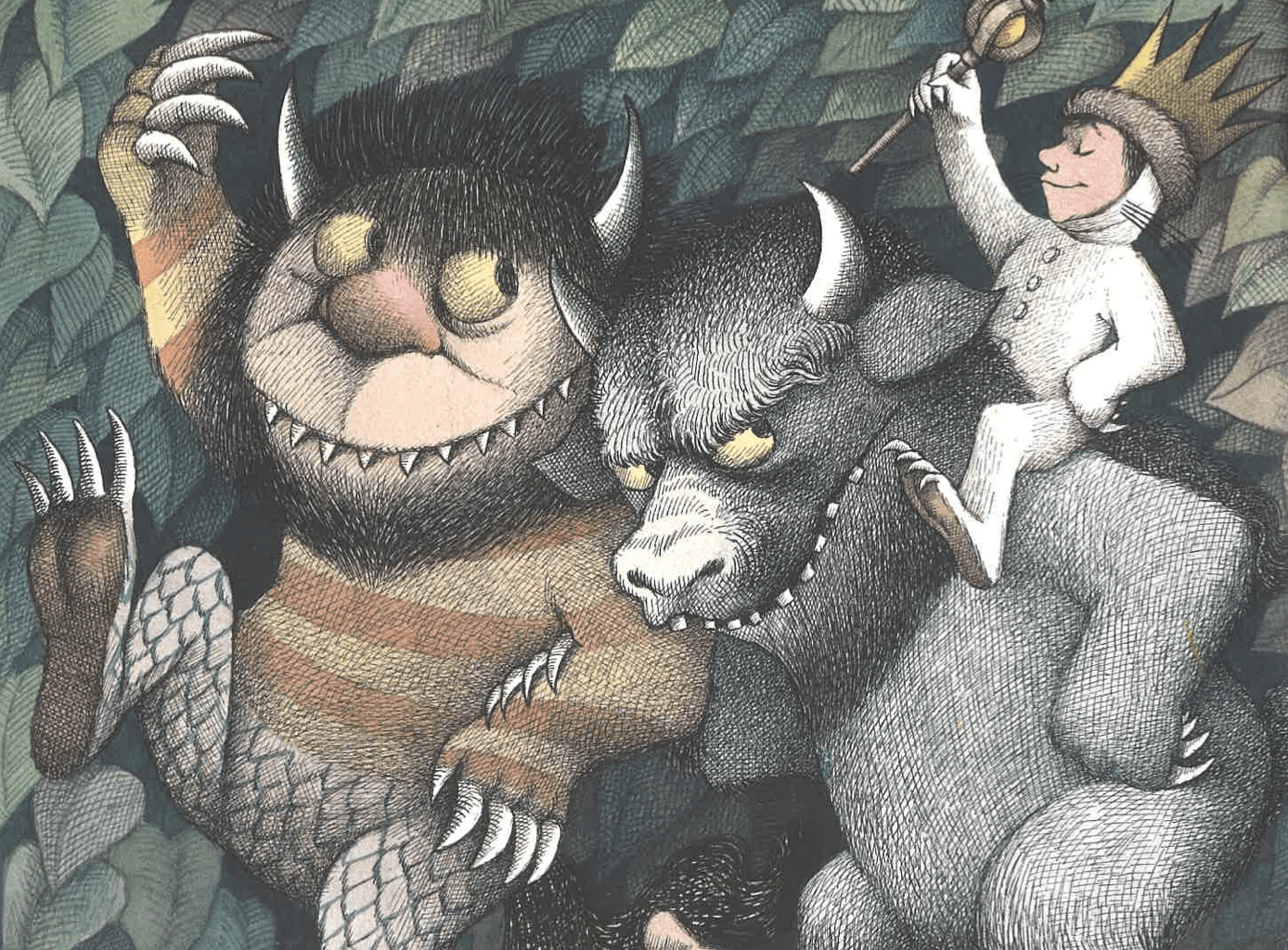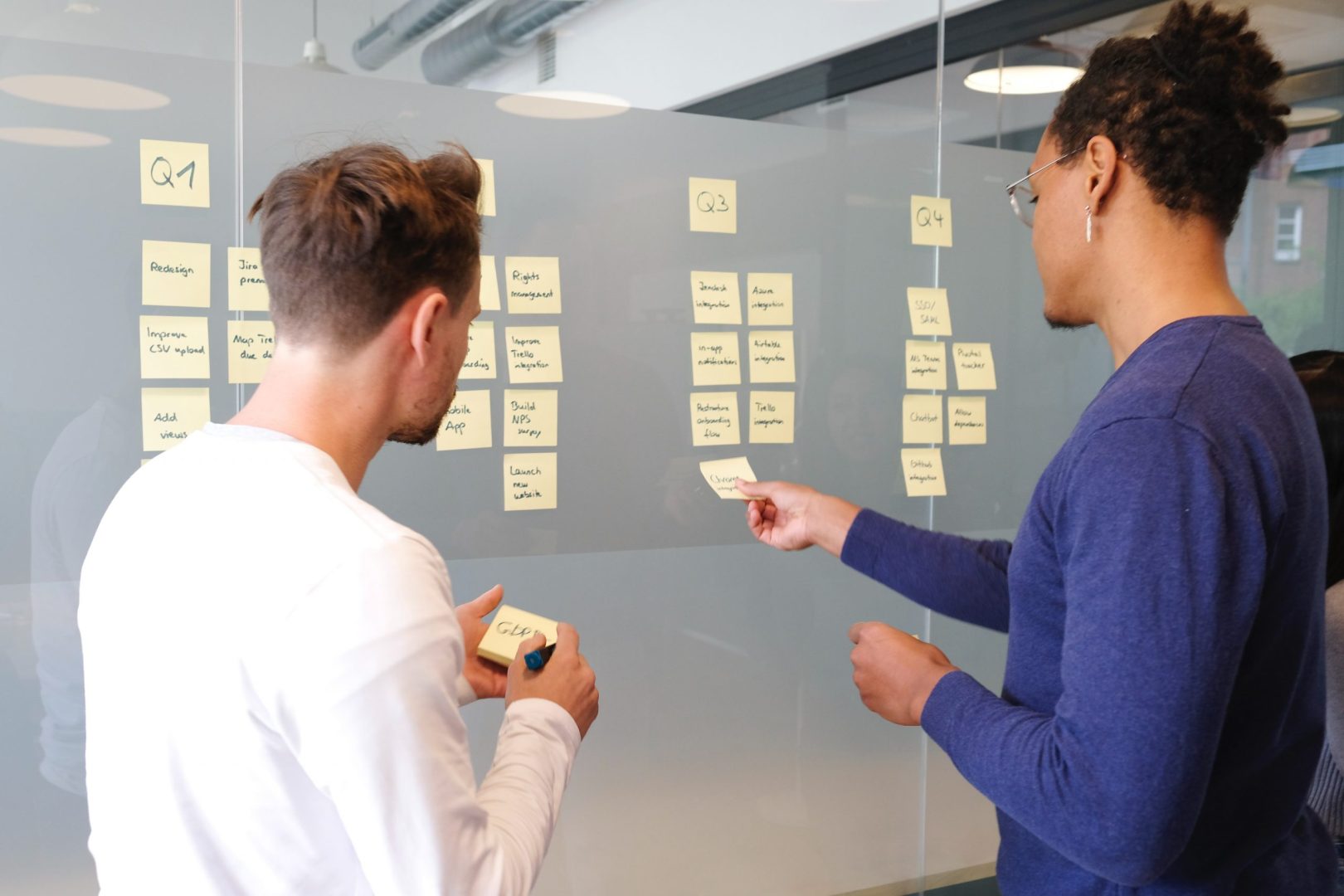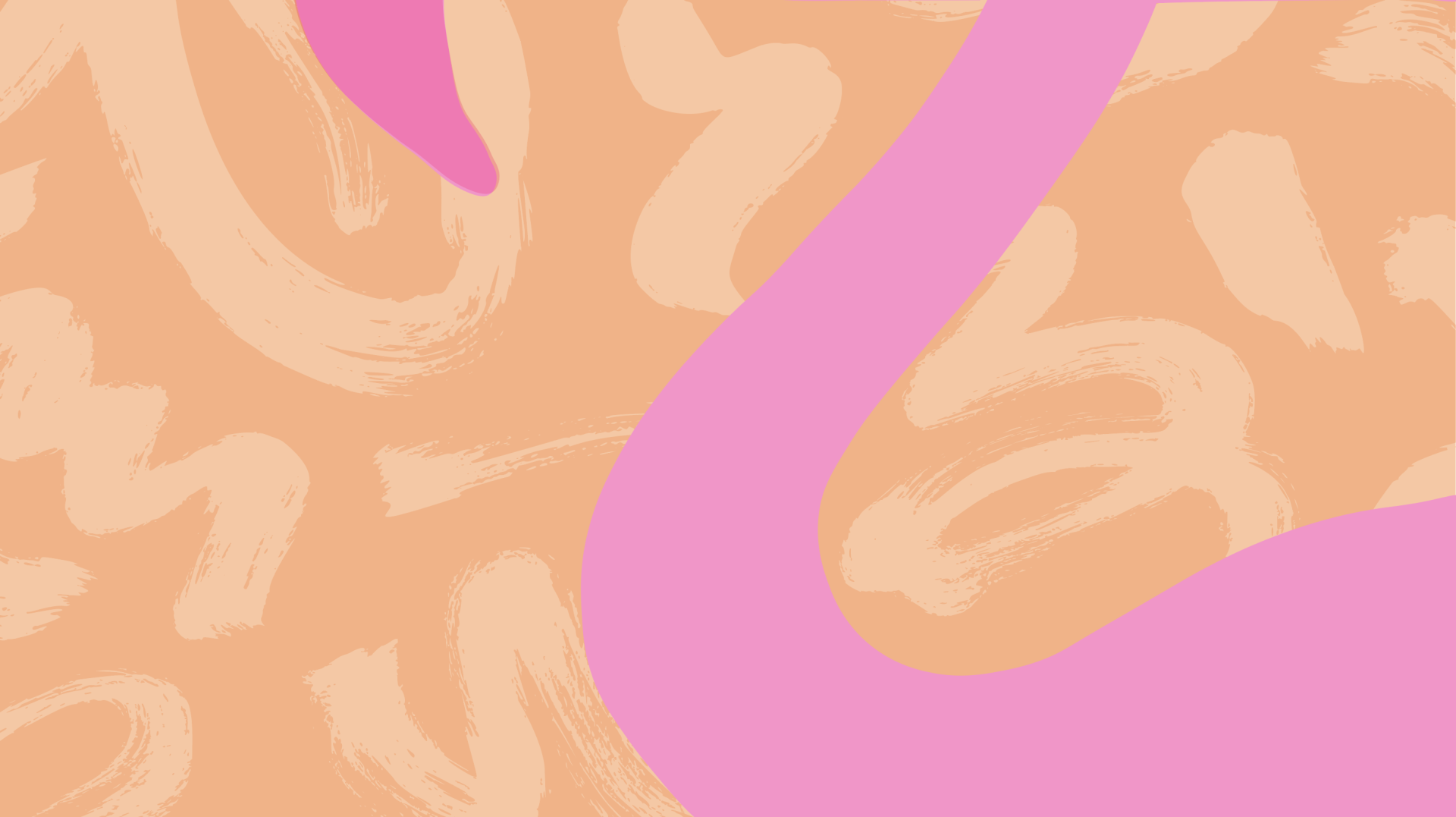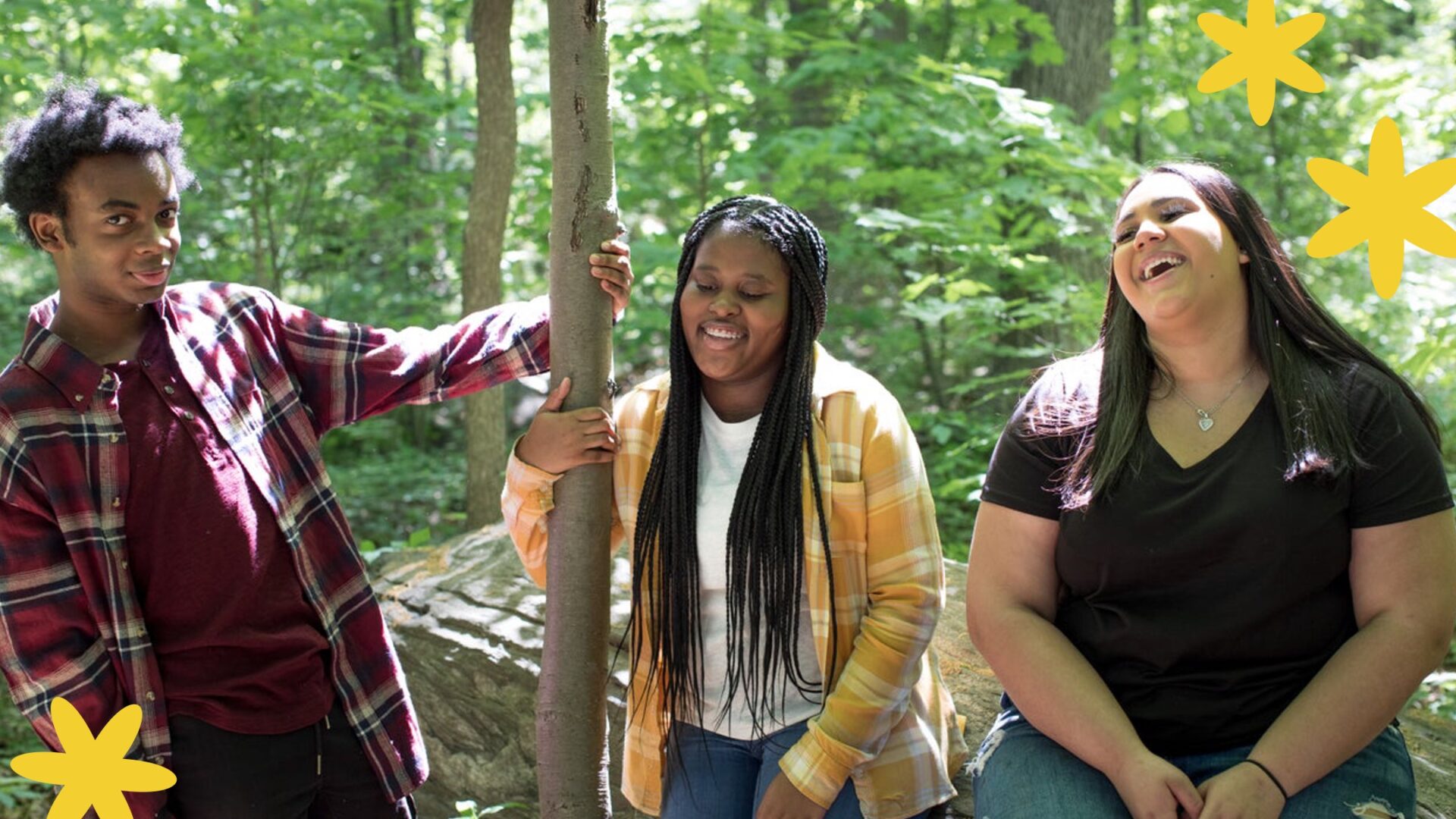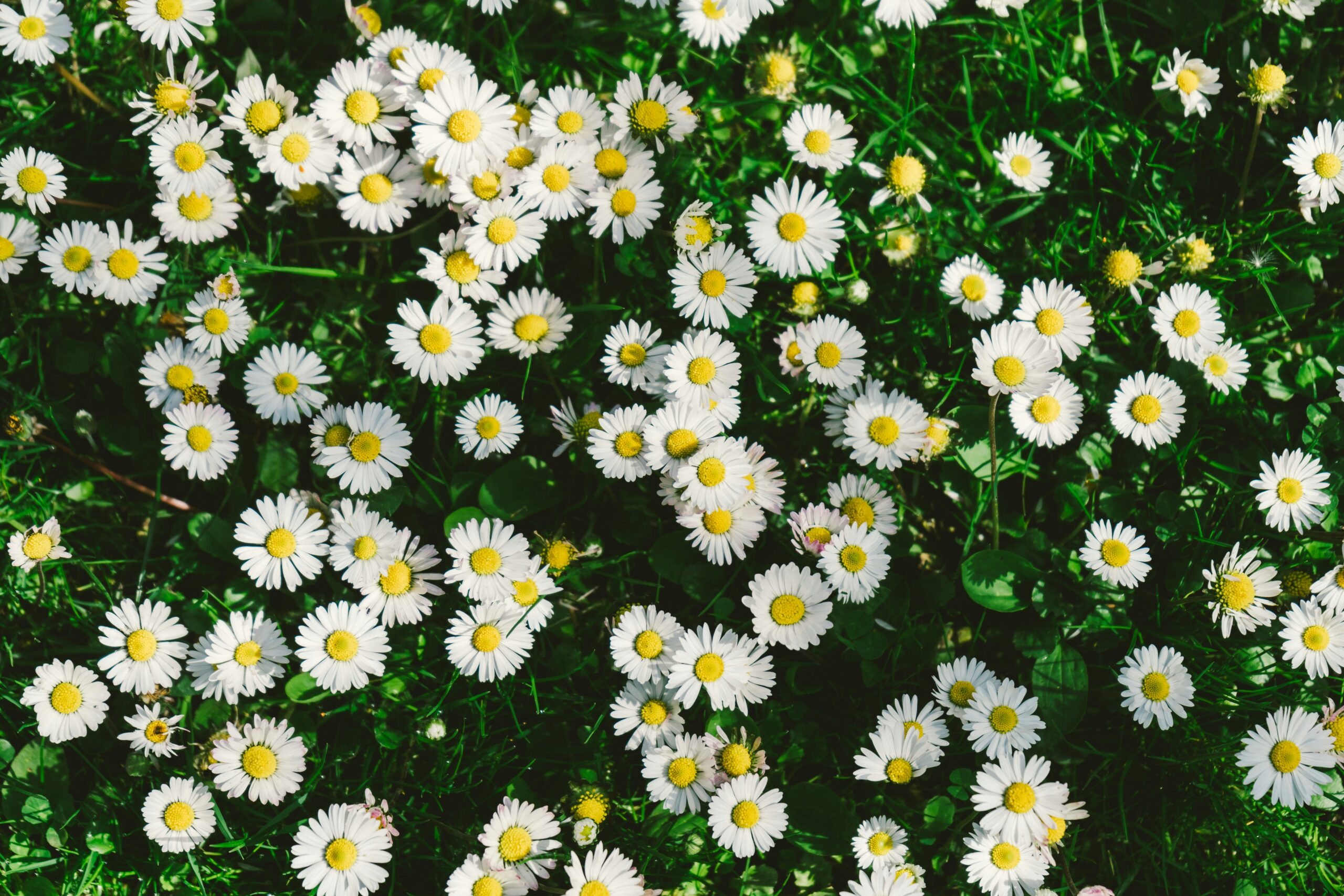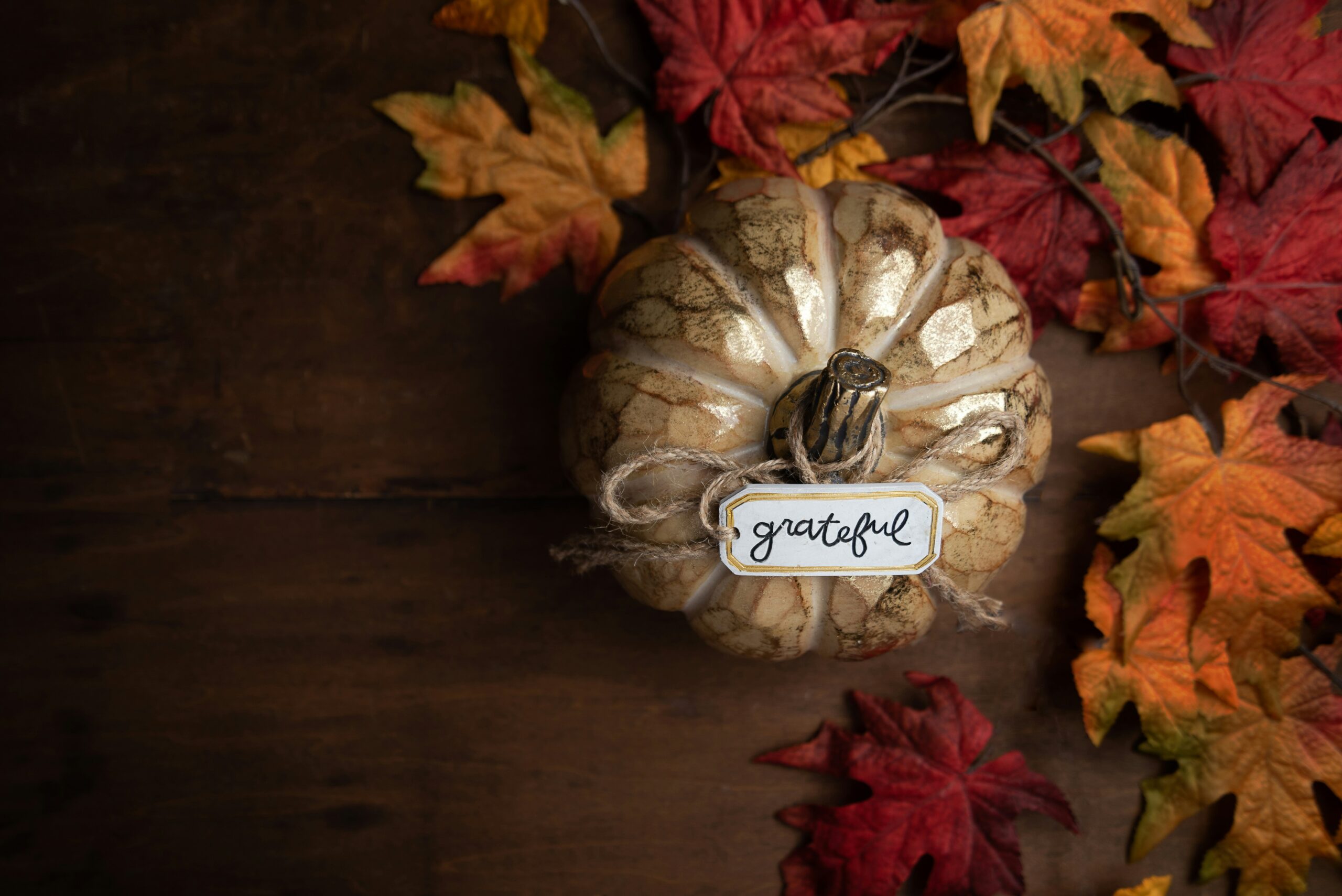Why a fun, outside-of-the-box scheme might be just what your brand, product, or campaign needs.
“That very night in Max’s room a forest grew and grew—and grew until his ceiling hung with vines and the walls became the world all around.” -Maurice Sendak, Where the Wild Things AreHalloween is one of my favorite celebrations. An indulgence of childlike wonder and imagination, so much of it appeals to the designer-in-me: gritty fabrication, boundless vision, and the audacity to ask “what if?” A constructed dream state required yearly to process the weight of the waking hours, at its core is a ceremony in its truest sense—ancient, necessary, collective, and even solemn..
Another Halloween, here and gone. Me this year? I was Max—just a boy pretending to be a wolf pretending to be a king from Where the Wild Things Are.
Halloween is one of my favorite celebrations. An indulgence of childlike wonder and imagination, so much of it appeals to the designer-in-me: gritty fabrication, boundless vision, and the audacity to ask “what if?” A constructed dream state required yearly to process the weight of the waking hours, at its core is a ceremony in its truest sense—ancient, necessary, collective, and even solemn.
Halloween aside, I try, as best I can, to summon some of this energy all year long. For my work especially, that means the occasional lean-in to the playful, outrageous, and make-believe—creating brands, products, campaigns, and other things of all varieties that are just a little bit wild.
Here’s why it matters.
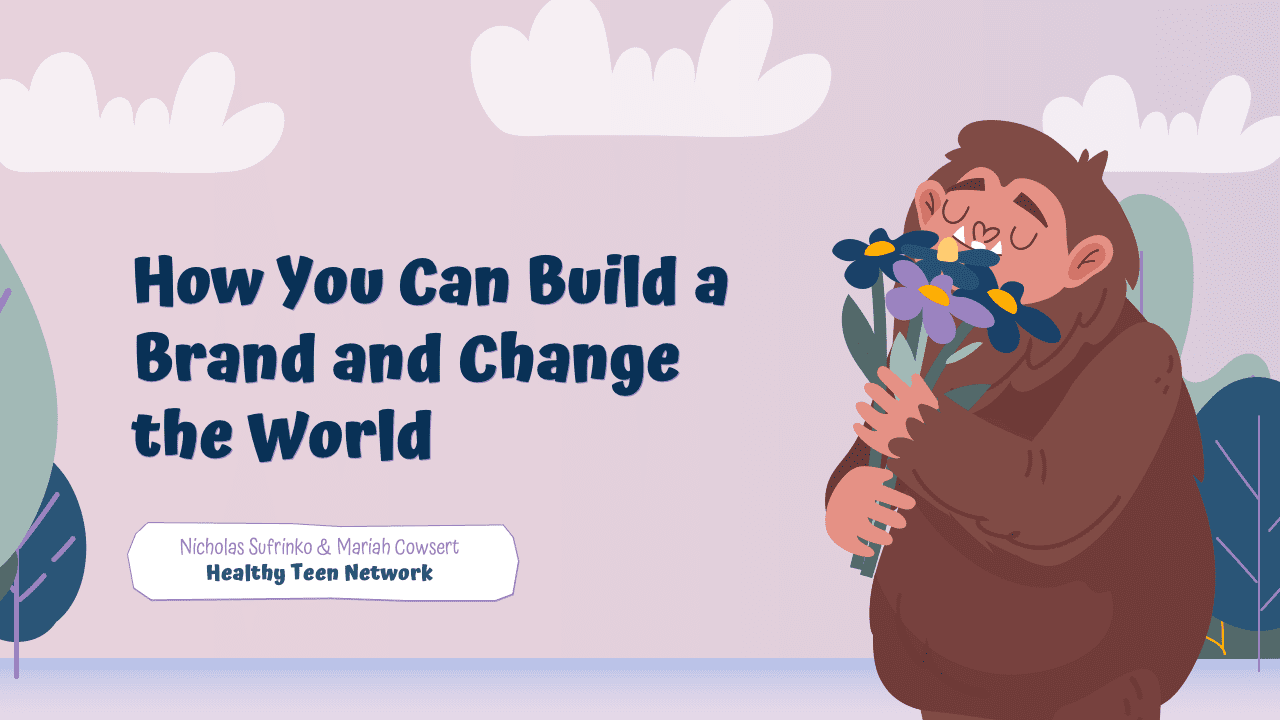
1. Wild things expand thinking.
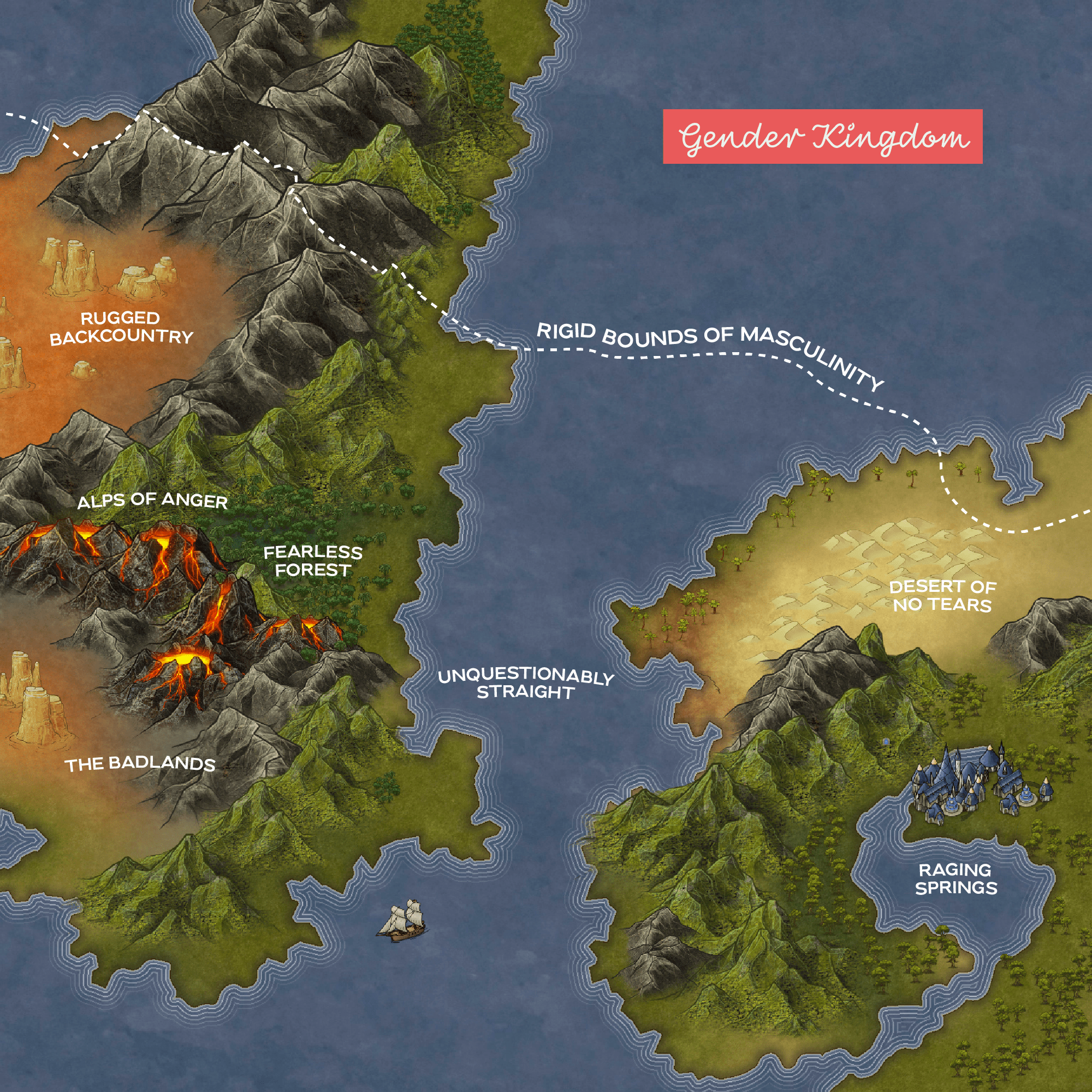
2. Wild things make new connections.
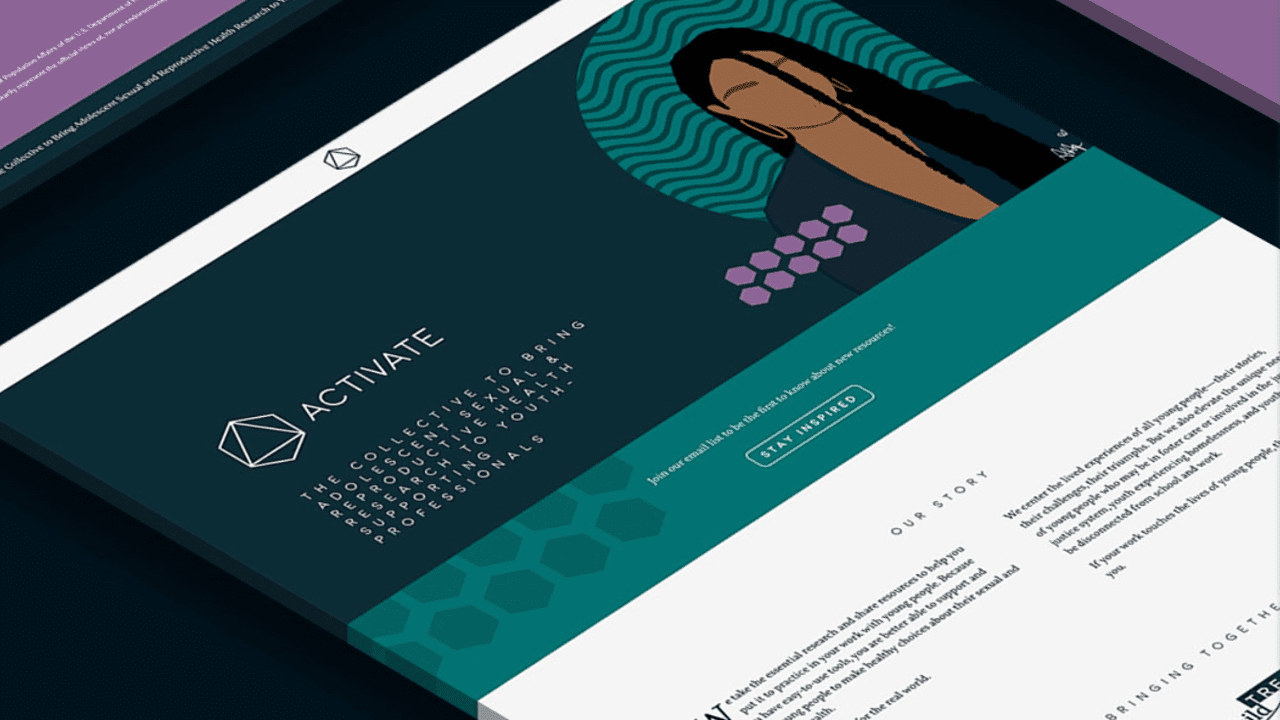
3. Wild things resonate on deep, emotional levels and spark action.
When Healthy Teen Network was part of one research-to-practice project, we worked with partners to choose a name and create a visual identity for it. Both name and visuals were inspired by early science, particularly chemistry: Activate is the name, the color scheme is gem-inspired—including Amethyst, Amazonite and Amber—and the logo and textures derive the four classical element symbols and the hexagonal grids of chemistry’s skeleton formulas. Where the Many Ways of Being infographic-like examples force new conscious connections between known and new concepts, Activate’s connection to early science and chemistry is intended to be more subtle, even subconscious. Of all possible footings from which to write Activate’s origin story, we chose early science to emphasize the science-based approaches its sexual health resources take. Trust in their science, the brand whispers, just as you might in chemistry or geology. The point here is that a make-believe affiliation, even a nebulous one, can spark a connection, make you feel something, and sometimes, even drive you to action.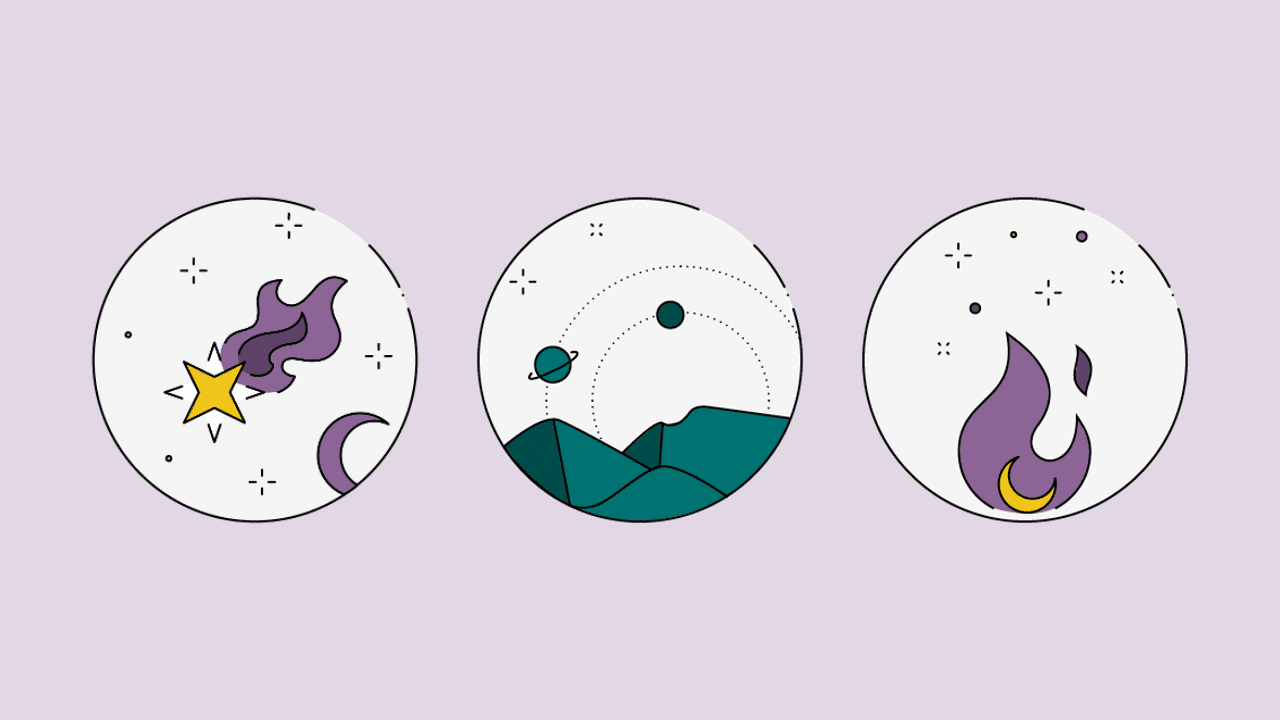
4. Wild things are remembered.
When it was time to create illustrations for Activate, something our brand book didn’t consider, we knew where to start: the visual language of early science. Ultimately, our illustrations were inspired by early chemistry’s alter ego, alchemy. For these, I used bohemian-inspired gemstones, celestial objects, and the four classical elements in our illustrations.You may know that consistency is key to creating a memorable brand. It is. If done right, someone meeting your brand twice a year will recognize it, know its name and its story. Yet we all know how hard consistency in branding can be. But here’s a little secret: When design elements like color, type, texture, illustration, and photography are chosen with intent—when they’re part of a seemingly outrageous logic or make-believe story—it’s a lot easier to stay true to your North Star. Embrace wild brands, be consistent, and be remembered.
5. Wild things are human.
Nicholas Sufrinko is a Creative Direction and Product Design Manager at Healthy Teen Network and is the brand and creative lead behind many of our projects. You can often find him hiking, biking, or stargazing. Read more about Nick.

